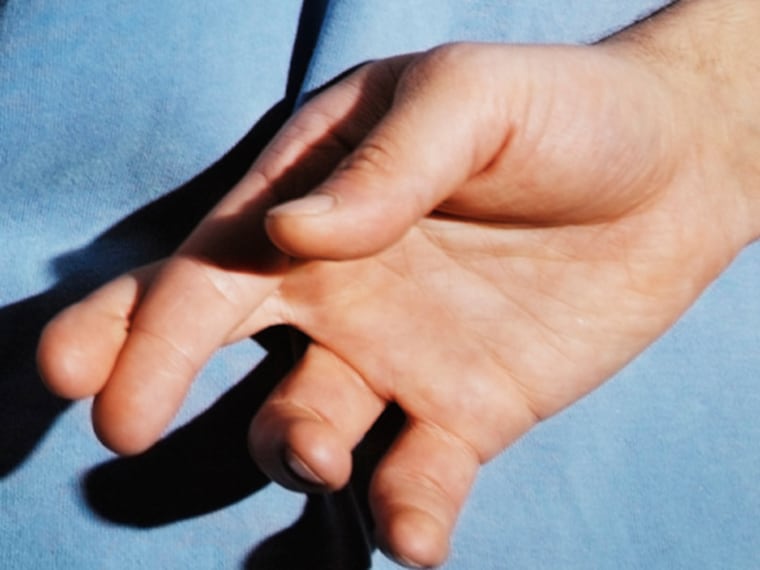By Markham Heid
A little snap judgment goes a long way toward making friends: According to a new study from the University of California, Berkeley, all it takes is 20 seconds to decide whether or not a stranger is trustworthy.
Researchers recruited 24 couples and asked each person to talk about a time when he or she had suffered. Meanwhile, cameras recorded the reactions of the speaker’s partner. A separate group reviewed the videos, and was able to identify fake compassion in the reacting partners within 20 seconds.
After researchers took DNA samples of the study participants, it turned out that 60 percent of the least-trusted participants lacked a gene receptor, GG genotype, that may control your compassion and empathy. The receptor helps regulate your body’s level of oxytocin, which past studies have linked to feelings of trust, empathy, and generosity, explains Alexsandr Kogan, Ph.D., a post-doctoral fellow at the University of Toronto and the study’s lead author.
Of those rated most trustworthy, 90 percent carried the gene. But since the gene is only linked to perceptions of sincerity, it doesn’t mean you’re unsympathetic if you don’t have it, the study authors say. Observers could weed out the sincere from the dishonest because, Kogan says, “there are certain behaviors that are found to be signals of trust and support.
Whether you’re dealing with a salesman, a new colleague, or a blind date, you can identify bogus behavior if you know what to look for, says Marc Salem, Ph.D., a behavioral psychologist and the Men’s Health resident expert on non-verbal behavior. Look out for these signs:
1. Inconsistent behavior
“If normally someone is very still, and suddenly they become very animated, or vice versa, that change-up is a red flag,” Salem says. The same goes if a person is speaking smoothly and rapidly, but suddenly their speech becomes more deliberate or clipped. “Shifts from the norm are red flags for deceit,” he adds.
2. A steady gaze
“When people think or contemplate, it’s natural for them to break eye contact and look around,” Salem explains. If a person’s gaze is too constant, they’re either not listening or consciously trying to earn your trust. Both are signs of insincerity.
3. Not enough mouth
Coughing, clearing the throat frequently, or any other gesture of covering the mouth can indicate that a person is trying to hide something, Salem says. The same goes for a shoulders-down, hunched-body pose. That’s a sign of caution, he adds, and indicates a person is not opening himself up completely.
4. A quick smile
A genuine smile changes a person’s whole face, Salem says. Their eyes light up, and their cheeks and eyebrows rise along with the corners of their mouth. That smile also takes a few seconds to fade. A fake smile appears in an instant, and disappears just as quickly.
More from Men's Health:
